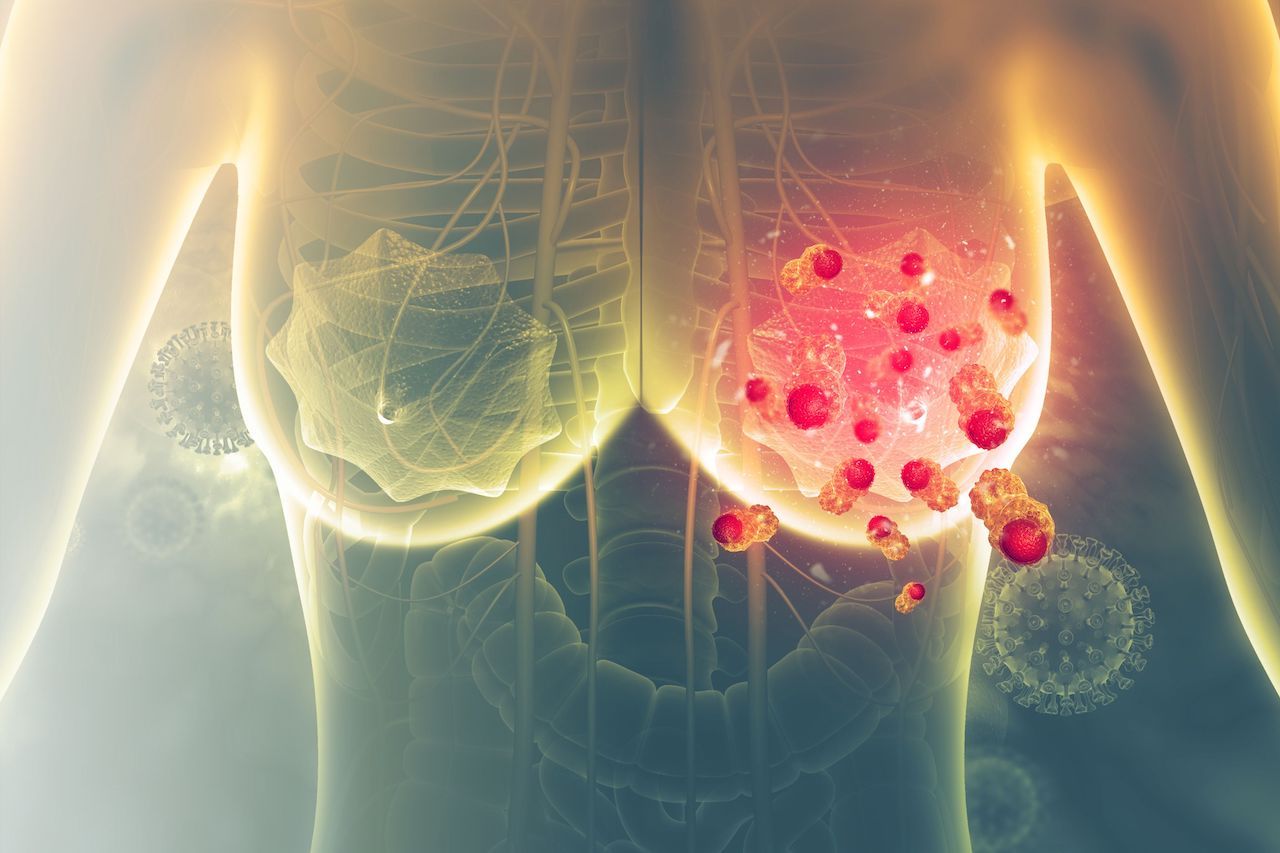Article
Global Incidence of Premenopausal, Postmenopausal Breast Cancer Rising
Author(s):
Higher-income countries are seeing their rates of premenopausal breast cancer increase faster, whereas cases of postmenopausal breast cancer are increasing in number faster in lower-income studies.
Higher-income countries are seeing their rates of premenopausal breast cancer increase faster, whereas cases of postmenopausal breast cancer are increasing in number faster in lower-income, but developing, countries, according to study results published recently in The Lancet Global Health.
“To our knowledge, this is the first study to investigate the global rates and trends of pre- and postmenopausal breast cancer,” said Miranda Fidler-Benaoudia, PhD, study principal investigator and member of the O’Brien Institute of Public Health at the Cumming School of Medicine in Calgary, Alberta, Canada, in a statement announcing the study results.
Their population-based analysis study, which investigated both incidence and mortality for pre- and postmenopausal breast cancer, comprised 44 patient populations from 41 countries (22 in Europe, 5 in North America, 10 in Asia, 1 in Africa, 4 in South America, 2 in Oceania), with trends assessed at 3 levels: national, local, and ethnic. Women who were postmenopausal were 50 years and older, while those premenopausal were younger than 50 years.
“We chose the cutoff point of 50 years because, internationally, the average age of natural menopause is 45-55 years, so we selected the mean of 50 years,” the authors noted.
Results show that overall cases of postmenopausal invasive breast cancer were diagnosed 53.9% more often than premenopausal breast cancer (645,000 vs 1,400,000, respectively), with 73.5% more deaths (130,000 vs 490,000).
The authors estimated trends in pre- and postmenopausal breast cancer for 1998 through 2012 with data from the International Agency for Research on Cancer’s (IARC) Cancer in Five Continents plus database and assessed their burden in 2018 with information from the IARC’s GLOBOCAN Cancer Today database.
In addition:
- A low UNDP human development index (HDI) was more common in countries shouldering a greater burden of both new cases and deaths from breast cancer among premenopausal women.
- A very high HDI was associated with countries that had the highest pre- and postmenopausal rates of breast cancer per 100,000 persons, at 30.6 and 253.6 cases, respectively.
- A low/medium HDI was linked to countries with the highest pre- and postmenopausal breast cancer mortality, per 100,000 persons, at 8.5 and 53.3 death, respectively.
- Twenty of 44 patient populations examined had significantly increasing age-standardized incident rates (ASIRs) for premenopausal disease.
- Twenty-four of 44 populations examined had significantly increasing ASIRs for postmenopausal disease.
- In 2018, the ASIR per 100,000 was 19.7 cases of premenopausal and 152.6 cases of postmenopausal breast cancer.
- The highest premenopausal breast cancer ASIR was in western Europe (38.4 per 100,000).
- The lowest premenopausal breast cancer ASIR was in south central Asia (12.0 per 100,000)
- The highest postmenopausal breast cancer ASIR was in Australia and New Zealand (324.3 per 100,000)
- The lowest postmenopausal breast cancer ASIR was in middle Africa (74.6 per 100,000)
- The highest premenopausal age-standardized mortality rate (ASMR) was in Africa, except Southern Africa (15.9 per 100,000)
- Eastern Asia had both the lowest premenopausal ASMR (2.0 per 100,000) and postmenopausal ASMR (34.8 per 100,000)
- The highest postmenopausal ASMR was in Melanesia (90.2 per 100,000)
The authors suggest that the top reasons for the postmenopausal increase in developing countries is their adoption of a more Western lifestyle, including less physical activity, higher alcohol consumption, hormone-replacement therapy, and implementing screening for breast cancer. For the rise in premenopausal breast cancer, the authors note that reproductive decisions play a large part, chiefly having few, or no, children, and delaying childbirth to an older age, as well as earlier screening for breast cancer.
“We provide evidence of a rising burden of both premenopausal and postmenopausal breast cancer worldwide,” they concluded. “Although early diagnosis and access to treatment remain crucial in low-income and middle-income countries, primary prevention efforts seeking to decrease exposure to known breast cancer risk factors are warranted in all world regions to curb the future breast cancer burden.”
Reference
Heer E, Harper A, Escandor N, Sung H, McCormack V, Fidler-Benaoudia MM. Global burden and trends in premenopausal and postmenopausal breast cancer: a population-based study. Lancet Glob Health. 2020;8:e1027-e1037. doi:10.1016/S2214-109X(20)30215-1





